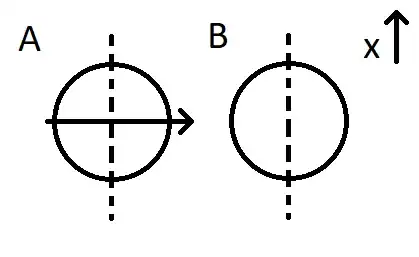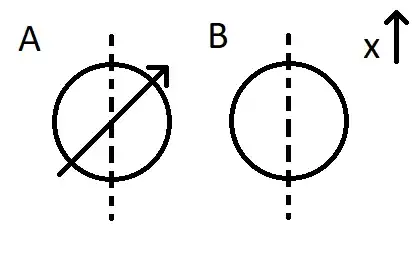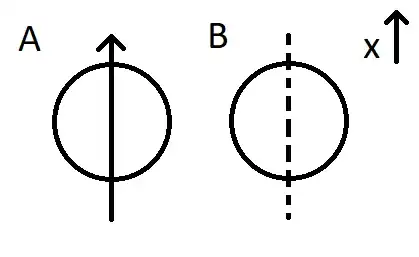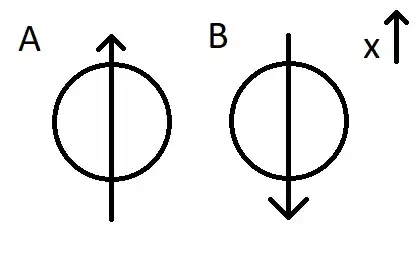Suppose Alice and Bob have entangled particles A and B that are very far apart. Alice uses Particle A to send information through its spin along the x axis, and Bob uses Particle B to receive this information.
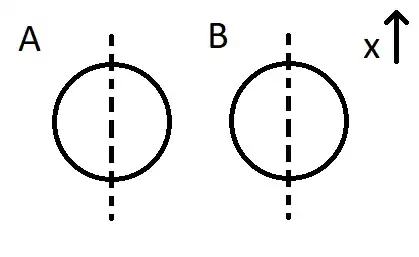
To start, Alice measures Particle A's spin perpendicular to the x axis:
and continually measures it along axes that gradually closer to the desired spin state along the x axis. The more measurements taken to get to the desired state, the better, since that reduces the chance of an error occurring at some point.
Once Alice has reached the desired spin state for Particle A, Bob measures the spin of Particle B.
The images I've given show Particle A being measured with spin to the right, then being rotated counterclockwise, but it doesn't always have to be like this. It could be measured with spin left or right and rotated clockwise or counterclockwise, depending on whether Alice wants to set it to up or down.
This process is repeated at regular intervals so that Alice and Bob can make measurements at the right time without communicating, and there are other pairs of entangled particles in case some of them do get misaligned.
Ignoring the logistics of actually setting up a system like this, what keeps this from working?
Comments in this answer to another thought experiment said that quantum entanglement doesn't last that long. Is that why this system fails too?
